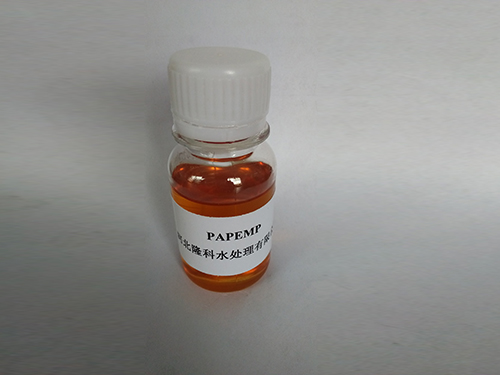different types of flocculants
Different Types of Flocculants Enhancing Water Treatment Processes
Flocculants play a critical role in water treatment processes by facilitating the aggregation of suspended particles into larger flocs, making them easier to remove. This aggregation is essential in various applications, including wastewater treatment, drinking water purification, and even in industries such as mining and paper manufacturing. Understanding the different types of flocculants available is vital for selecting the right one for a specific application.
Organic flocculants are derived from natural or synthetic organic compounds. They are widely used due to their effectiveness and versatility.
a. Natural Polymers Natural polymers such as starch, guar gum, and chitosan are environmentally friendly options. These flocculants are biodegradable and non-toxic, making them suitable for applications in food and potable water treatment. For instance, chitosan, derived from crustacean shells, not only aids in flocculation via charge neutralization but also helps in removing heavy metals from water.
b. Synthetic Polymers Synthetic organic flocculants, including polyacrylamides, are widely utilized in various industries. These polymers can be tailored for specific applications through molecular weight and charge density adjustments. Cationic polyacrylamides are particularly effective in settling fine particles, whereas anionic varieties can be used in systems where negatively charged particles predominate. However, proper management is necessary, as some synthetic flocculants may pose environmental risks if not treated correctly post-use.
2. Inorganic Flocculants
Inorganic flocculants, primarily metal salts, have been used for decades in water treatment processes. They are often more effective at clarifying water when dealing with high turbidity levels.
different types of flocculants

a. Aluminum Sulfate (Alum) Alum is perhaps the most well-known inorganic flocculant. It functions by neutralizing the charge on suspended particles, enabling them to agglomerate into larger clusters. Despite its effectiveness, the use of alum can lead to residual aluminum in treated water, raising health concerns in drinking water applications.
b. Ferric Chloride Ferric chloride is another common inorganic flocculant, particularly effective for both precipitating phosphorus and removing dissolved organic matter. Its effectiveness in a broader pH range and less aluminum residue make it a preferred choice in certain municipal water treatment facilities.
3. Hybrid Flocculants
Hybrid flocculants combine organic and inorganic components to enhance the flocculation efficiency and reduce the amount of flocculant needed. These products are formulated to optimize performance across various conditions, making them ideal for complex wastewater streams. The incorporation of both organic and inorganic elements allows for improved stability and efficacy, leading to better separation of solids and reduced sludge production.
4. Biodegradable Flocculants
With increasing environmental regulations, the search for sustainable alternatives is more crucial than ever. Biodegradable flocculants derived from renewable resources are emerging as a viable solution. These flocculants not only enhance solid-liquid separation but also ensure minimal environmental impact. Some examples include modified cellulose and other plant-derived materials that contribute to waste minimization and sustainability.
Conclusion
Selecting the appropriate flocculant is crucial for enhancing the efficiency of water treatment processes. Each type of flocculant—whether organic, inorganic, or hybrid—comes with its unique advantages and considerations. The trend towards sustainability is driving the development of biodegradable options that are not only effective but also environmental-friendly. By understanding the diverse range of flocculants available, industries can make informed decisions to optimize their water treatment processes while minimizing environmental impact.
-
lk-319-special-scale-and-corrosion-inhibitor-for-steel-plants-advanced-solutions-for-industrial-water-systemsNewsAug.22,2025
-
flocculant-water-treatment-essential-chemical-solutions-for-purification-processesNewsAug.22,2025
-
isothiazolinones-versatile-microbial-control-agents-for-industrial-and-consumer-applicationsNewsAug.22,2025
-
scale-inhibitor-key-solutions-for-water-system-scale-preventionNewsAug.22,2025
-
organophosphonates-versatile-scale-inhibitors-for-industrial-water-systemsNewsAug.22,2025
-
scale-and-corrosion-inhibitor-essential-chemical-solutions-for-water-system-maintenanceNewsAug.22,2025





